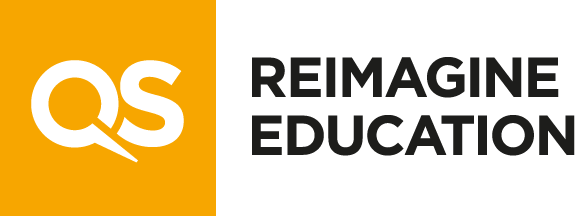REIMAGINE NEWSLETTER ISSUE 1: NOTE FROM THE EDITOR
One of the myriad ways in which technology is transforming the world is its provision of outstandingly engaging, easily-accessible, often-individualized games for the world’s digital audience. It was never going to be long before innovative educators recognized that video games were transfixing swathes of their users, keeping them engaged, and creating truly immersive experiences. It was, likewise, never going to be long before educators started to consider how they might harness the power of electronic games to improve student engagement, creating gaming experiences that combined leisure and learning, pedagogy and play.
The brainchild of Professor Ping-Cheng Yeh of National Taiwan University, PaGamo, the winner of 2014’s Reimagine Education competition, offered one such example of how gamifying the classroom can improve educational experiences for students worldwide. The global MOOC replaces homework worksheets with a platform that places learners into a fantasy world that provides a wealth of territory to be conquered – but only if they prove their knowledge. Correct answers correspond to students gaining territory from other users, while PaGamO’s real-time data analytics provide teachers with instant feedback on student performance.
Less than a year after winning Reimagine Education, the global exposure provided by the conference allowed PaGamO to grow their user base to over 326,000 at the time of going to print. More than that, it was quickly adopted in a range of disparate learning environments, including the teaching of Mathematics in China and Dentistry in the United States. It was acknowledged as an outstanding example of the way in which effective gamification can transform higher education.

